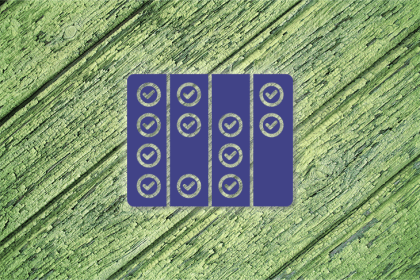
Both scrum and Kanban are great and can be practiced in any kind of project, provided you know how efficiently they can be used to deliver.

Scrum isn’t evil by design. It’s just like a game of telephone — by the end, it’s nothing like what it’s supposed to be.

The agile values and principles add color to the higher-level values of the Agile Manifesto. Learn how they promote continuous learning and improvement in an increasingly unpredictable world.

When teams are overwhelmed by unsustainable pressure to deliver more than they possibly can, their attention naturally shifts to maximizing output rather than improving processes.

From the fundamental dichotomy between the two approaches to how waterfall has infiltrated back in our lives, we’ll dissect the obvious so that we can keep our guard up.

Inspired, self-organizing teams easily breeze through challenges and obstacles. Uninspired teams usually require top-to-bottom direction.

Cycle time one of the most underrated metrics for product managers to track. Learn eight ways to reduce the time between starting work on an item and completing it.

There’s no one-size-fits-all approach to running a sprint retro, but a tried-and-true framework includes five steps: Set the stage, gather data, generate insights, decide what to do, and close the retro.

It might seem like reinventing the wheel, but it takes just 10–20 minutes of prep to devise an exciting retro format — an investment that pays off.

In this guide, we’ll describe what quality assurance (QA) is, explain why it is distinct from testing, and the role QA specialists play in the product development lifecycle.

Most people understand what it means to be agile, but hardly anyone can explain it. Learn how to optimize your product cycle and streamline your workflow by embracing agile principles.

Scrumban combines the structure and predictability of scrum with the flexibility and visualization of kanban to make agile teams more efficient and productive and help them continuously improve.